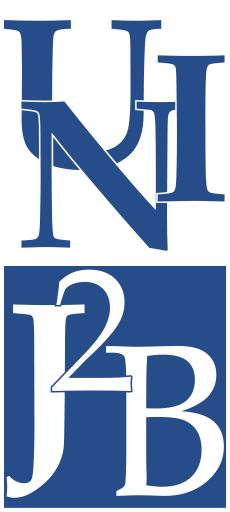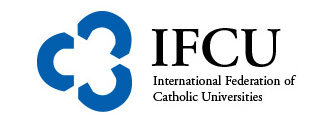Dobrodošli
Stranice su u izradi.

UniCath Journal of Biomedicine and Bioethics
Contact
Guidelines for Authors
About the Journal
The Catholic University of Croatia is proud to introduce the UniCath Journal of Biomedicine and Bioethics, a novel initiative ratified by the University Senate on January 16, 2024. Our goal is twofold: to advance the frontiers of research in the intersecting disciplines of biomedicine and bioethics and to provide an educational platform for our nascent researchers.
The UniCath Journal of Biomedicine and Bioethics will welcome a broad spectrum of contributions, including but not limited to research articles, editorials, case reports and other scholarly works. We are dedicated to upholding the highest standards of peer review and publication ethics, ensuring that every manuscript is rigorously evaluated by at least two expert reviewers in a meticulously conducted double-blind review process.
The journal is set to publish two issues per year, in both print and digital formats. Upon completion of the production process, the articles will be immediately available online in a fully citable form, complete with a Universal Digital Object Identifier (DOI), signifying our commitment to the rapid dissemination of research findings. Furthermore all the published articles will be freely accessible for viewing and downloading.
The launch of the UniCath Journal of Biomedicine and Bioethics represents a significant milestone in our pursuit of academic and research excellence. By offering a dynamic platform for the exploration and discussion of critical issues at the intersection of biomedicine and bioethics, we aim to contribute to the global academic community and inspire a culture of research and innovation within the Catholic University of Croatia.
The Editorial Team
UNIJ2B
Contact:
BOARD
Editor in Chief: Marta Čivljak
Assistent Editor in Chief: Ivica Matić
Executive Editors:
Josipa Josipović
prof. dr. sc. Maja Jazvinšćak Jembrek
mr. se. Dalibor Čavić
Marin Čargo, mag. med. techn.
dr. sc. Suzana Obrovac Lipar
EDITORIAL BOARD
Members
prof. dr. se. Roberto Antolović,
doc. dr. se. Odilon-Cbenoukpo Singbo,
izv. prof. dr. se. Ingrid Marton,
doc. dr. se. Momir Futo,
doc. dr. se. Ines Šiška Markoš,
prof. dr. se. Tamara Holjevac Grgurić,
doc. dr. se. Zoran Đolić,
doc. dr. se. Boris Miha Kaučič,
doc. dr. se. lvana Klinar
Karlo Ložnjak, univ. mag. med. techn.
ADVISORY BOARD
MEMBERS
Marijana Neuberg (Varaždin, Hrvatska),
Sanja Zoranić (Dubrovnik, Hrvatska),
Marija Ljubičić (Zadar, Hrvatska),
Anto Čartolovni (Zagreb, Hrvatska),
Vesna Mijoč (Zagreb, Hrvatska),
Gordana Jurić (Zagreb, Hrvatska),
Damir Važanić (Zagreb, Hrvatska),
Darko Ropac (Zagreb, Hrvatska),
Dubravko Habek (Zagreb, Hrvatska),
Suzana Bukovski (Zagreb, Hrvatska),
Tomislav Domazet Loša (Zagreb, Hrvatska),
lvan Šklebar (Zagreb, Hrvatska),
Dario Rahelić (Zagreb, Hrvatska),
Marijana Bosnar Puretić (Zagreb, Hrvatska),
lvan Krešimir Lukić (Zagreb, Hrvatska),
Petra Margetić (Zagreb, Hrvatska),
Anita Lukić (Varaždin, Hrvatska),
Gorana Mirošević (Zagreb, Hrvatska)
Lucija Virović Jukić (Zagreb, Hrvatska),
Jerko Barbić (Osijek, Hrvatska)
lvana Mikolašević (Rijeka, Hrvatska),
Mihael Nedeljko (Maribor, Slovenija),
Asta Heikkila (Turku, Finska),
Kristina Mikkonen (Oulu, Finska),
Andree Fringer (Švicarska),
Erika Froelicher, San Francisco, SAD),
David Oliver (Kent, Velika Britanija),
Emina Ejubović, Zenica (Bosna i Hercegovina),
Iztok Takač (Maribor, Slovenia),
Karl Tamussino (Graz, Austria),
Vicko Gluncic (Chicago, SAD)
Lars Henning Schmidt, (Ingolstadt, Njemačka




